The Wynwood is a neighborhood in Miami Florida that has been getting a lot of attention recently for its development into a center for art and interesting restaurants, bars and breweries. However, very few people know the full history of this neighborhood that dates back to 1917. While Wynwood nears its 100th year, it is time to share its story of humble beginnings, diverse demographics and modern day gentrification.
The Wynwood area was originally sub-divided and sold by a couple of early Miamians: Josiah Chaille and Hugh Anderson. The land that Chaille and Anderson purchased in 1917 was farmland and part of the Pulaski Estate. At the time of the purchase of this tract of land, the estate was being managed by the law firm of Robbins, Graham and Chillingsworth.
The land may have also included part of the Waddell and Johnson tract, but it isn’t clear how much of this tract would have been a part of the transaction. Prior to the annexation of this land by the city of Miami in 1913, it would have been a part of North Miami. North Miami was defined as land north of today’s fourteenth street, which was just north of the original Miami city limits. North Miami did not have alcohol restrictions, so it was a haven for saloons and raucous behavior in the early years following the incorporation of Miami.
What is clear about the Waddell and Johnson tract is that there were already lots sold long before 1917. EA Waddell was Miami’s first real estate agent and was focused on selling lots on this tract as early as early as 1896 to his friends from Key West. Therefore, Chaille and Anderson may have inherited some lots that were already sold and built as part of their purchase in 1917.
 Josiah Chaille was the son of a William Chaille who opened up a store called The Racket Store on Avenue D (later named Miami Avenue), after relocating from Ocala to Miami. The Chaille family arrived in Miami in 1900, shortly after the incorporation of the city. Josiah would work with his father in the retail business until his father’s retirement in 1912. Josiah would continue to run the business until 1916 at which time he chose to sell the store to the Burdines and go into the burgeoning real estate business.
Josiah Chaille was the son of a William Chaille who opened up a store called The Racket Store on Avenue D (later named Miami Avenue), after relocating from Ocala to Miami. The Chaille family arrived in Miami in 1900, shortly after the incorporation of the city. Josiah would work with his father in the retail business until his father’s retirement in 1912. Josiah would continue to run the business until 1916 at which time he chose to sell the store to the Burdines and go into the burgeoning real estate business.
Josiah Chaille may have been best known for his work on the Miami City Council. In 1920, the city council enacted a new street name and numbering system in a plan provided by Josiah Chaille. The modern day street names and numbers in downtown Miami and the surrounding areas are directly from this plan. The plan was adopted in October of 1920 and called the Chaille Plan.
Hugh Anderson was a charismatic opportunist who went from a hotel clerk in Chattanooga, Tennessee, to a millionaire promoter during boom time Miami in the nineteen teens and nineteen twenties. In addition to being a part of the founding of Wynwood, Anderson also was involved with the development of Miami Shores and the Venetian Islands. He also was one of the builders of Biscayne Boulevard. Unfortunately, Hugh Anderson lost his fortune and died in 1941 at the age of 59.
The partners took out the first plat in Wynwood on January 7th, 1917. However, the men originally called this area Wyndwood. Three months after the two men took out the first plat, the City of Miami built a park on the northern end of this new area and dropped the “d” from the name. The area became known as Wynwood Park. It wasn’t until much later that people dropped the “Park” and just referred to the area as Wynwood.
Originally, the Wynwood Park boundaries were defined by NW 20th Street to the south, NW 36th Street to the North, the FEC Railroad tracks to the east and NW 7th Avenue to the West. After the building of Interstate 95 in the 1960s, the Wynwood neighborhood border was unofficially changed. The western border of Wynwood was now considered Highway 95. This unofficial change eliminated a set of small blocks that were east of NW 7th Avenue and west of Highway 95, between NW 20th Street and NW 36th Street.
Working Class Neighborhood
Since its inception, the neighborhood became an area for working class families. My grandmother and her family lived just inside the boundaries of Wynwood, on NW 23rd Street and just east of NW 7th Avenue. She lived in Wynwood from 1928 to 1945. The house she resided would have been in the portion of Wynwood that was isolated during the building of I-95 in the 1960s. She, and at least one of my great uncles, graduated from Robert E Lee Middle School in the late 1920s. Also, she worked nearby at Don Allen Chevrolet on NW 20th Street and Miami Avenue. Most of the families in the area would have been considered middle class at that time.
 Wynwood became an attraction for commercial residents as well. In 1928, the American Bakeries Company built a plant to make and distribute Merita Bread at NW 32nd Street in Wynwood. Residents would say that you could smell the freshly baked bread for blocks. The plant took up almost a block between the addresses of 561 through 599 on NW 32nd Street.
Wynwood became an attraction for commercial residents as well. In 1928, the American Bakeries Company built a plant to make and distribute Merita Bread at NW 32nd Street in Wynwood. Residents would say that you could smell the freshly baked bread for blocks. The plant took up almost a block between the addresses of 561 through 599 on NW 32nd Street.
Also, Coca-Cola opened up a bottling plant at 301 NW 29th Street in 1926. There was also an Orange Juice bottling plant located in Wynwood around this time. There were plenty of opportunities for working class people to both work and live in the Wynwood neighborhood during its early years.
The Miami Fashion District
The boom years of the 1920s saw the beginnings of the garment industry in Wynwood. The Garment District was the southern portion of Wynwood along NW 5th Avenue, between NW 22nd and NW 29th Streets.
Many Cubans who began migrating to Miami in the early 1960s provided much of the work force for this growing industry. The Garment District consisted of both clothing retailers as well as manufacturers.
According to an article in the Miami News on October 27th in 1980, the Miami Fashion District was part of the third largest garment district in the country. In 1980, there were 225 businesses as part of this district. Wholesale – Retailers represented about $64 million in sales and manufacturers drew about $125 million in revenue annually.
As the district got more popular in the 1980s, many of the manufacturers moved out of Wynwood to make room for more retailers. As the value of commercial square footage went up, the manufacturers felt it was better to move to places like Hialeah to be closer to their Cuban workforce. Many of the workers did not have cars and resided in places like Hialeah.
Over the course of the last 20 years, many of the businesses in Wynwood’s Fashion District have been purchased by South Koreans. Despite the change in rental rates and the change in business ownership, the Fashion District is still a very vibrant business community in Wynwood.
Little San Juan
At the end of World War II, there was a big exodus of Wynwood residents to the newly developed suburbs. Commercialization and urban flight took its toll on the neighborhood. The old timers, and younger generation that grew up in the neighborhood, moved away. This trend changed the composition of the neighborhood dramatically.
The exodus formed a void in the neighborhood that began to be filled with a variety of new immigrants to Miami. In particular, there was a large influx of Puerto Ricans into the area, and the neighborhood began to be known as ‘Little San Juan’ by the middle 1950s. The neighborhood’s demographics represented the first big influx of Hispanics into Miami and it was referred to as Little San Juan over 10 years prior to the area near the Orange Bowl being referred to as Little Havana.
The impact of the influx of Hispanics, and in particular the Puerto Ricans, began to change the names of many of the neighborhood’s public places. Wynwood Park was renamed Roberto Clemente Park in July of 1974, following the tragic death of the Puerto Rican born baseball player on December 31st, 1972. Clemente died in a plane crash attempting to bring aid to Nicaraguans following a devastating 1972 earthquake in Managua.
 Robert E Lee Middle School, at NW 32nd Street and NW 5th Avenue, was closed and later was razed to make room for a new middle school that was named Jose De Diego Middle School. The new school opened in August of 1999. Robert E Lee was closed in June of 1989 due to the age and condition of the building. The school was built in 1924.
Robert E Lee Middle School, at NW 32nd Street and NW 5th Avenue, was closed and later was razed to make room for a new middle school that was named Jose De Diego Middle School. The new school opened in August of 1999. Robert E Lee was closed in June of 1989 due to the age and condition of the building. The school was built in 1924.
The names of the public service buildings in the neighborhood took on the names of important Puerto Rican figures and terms. The neighborhood service center was named after a Puerto Rican patriot and writer, Eugenio Maria de Hostos. The center is located at 2902 NW 2nd Avenue. A publicly funded outpatient clinic was named Borinquen Health Care Center at 161 NW 29th Street. Borinquen was the ancient name of the island of Puerto Rico.
Local dining spots were called the La Boricua Coffee Shop at 186 NW 29th Street, and Roberto Clemente Coffee Shop, which was located across the street from the park. These businesses provided an affordable diner which specialized in Puerto Rican cuisine. The churches in the neighborhood were Iglesia Pentacostal Esmira at 36 NW 29th Street and San Juan Batista, or Little Mission Church, at 3116 NW 2 Avenue.
Wynwood on the Decline
Over time the neighborhood began to diversify and include blacks, Cubans, Haitians, Colombians, Dominicans in addition to Puerto Ricans. According to a Miami News article in December of 1977, only 33 percent of the Wynwood population was Puerto Rican. The article stated that another one third of the population was Cuban and the final third consisted of all the aforementioned groups. Wynwood had a population of roughly 18,000 people in 1977.
By the late 1970s, the Wynwood neighborhood was considered lower middle class. Unemployment was 55% and drug trafficking was rampant. Wynwood was considered a “springboard community” for new immigrants. The goal for working class immigrants was to improve their economic standing so they can leave the neighborhood as quickly as possible.
The unofficial Mayor of Wynwood was Dottie Quintana. Dottie was born in Ponce, Puerto Rico on August 9th in 1909 and grew up in Cuba before moving to the New York in 1927. After getting married, she moved to Wynwood in the late 1950s. Dottie spent her life helping the sick, elderly and children in what became a very tough Wynwood neighborhood.
For 10 years, Dottie would often drive the neighborhood at night in her old teal Chevy sedan, and make note of the activities of drug dealers and seedy characters in Wynwood. The next day she would discretely drop off her notes to the police station.
Both Dottie and her husband would collect food from churches to give to Haitian Immigrants when they first started arriving in the late 1970s. She helped the Cuban Refugees that began arriving in the 1980s. She was instrumental in the opening of the Borinquen Health Center and the De Hostos Senior Center. Dottie’s work to help the people of Wynwood was a life-long passion and earned her the nickname “Mayoress of Wynwood”.
Given all of her work and accomplishment, the community center in Roberto Clemente Park was dedicated to her and is today called the Dorothy Quintana Community Center. It is located on the southeast corner of the park at NW 34th street and NW 1st Avenue. Dottie Quintana passed away at the age of 101 on March 13th, 2011.
Gentrification of Wynwood
It may have been the purchase of the former American Bakeries building on NW 32nd Street that represented an early glimpse of what Wynwood would become. By 1980, the bakery was operating as the Flowers Baking Company. In 1981, the company moved out of Wynwood leaving the building without a tenant.
The former bakery sat empty for 4 years until a splinter group of the South Florida Art Center discovered the building. Driven out of Coconut Grove by high rents, some of the SFAC artists relocated to South Beach, while others chose to stay on the mainland to look for a suitable home.
Led by Helene Pancoast and Faith Atlas, the mainland group formed a nonprofit organization and purchased the former bakery building. In 1987, the 2.2 acre facility opened as Florida’s largest working artist’s space, and was called the Bakehouse. It still operates at that same location and by that same name today.
Fast forward to the middle 2000s and the Wynwood art scene got a big lift when Goldman Properties took interest in Wynwood. Tony Goldman, a force behind the revival of SoHo and South Beach, had a knack for seeing thriving, artsy neighborhoods when others could only see urban plight. Goldman, his daughter Jessica and his son Joey, began buying up chunks of Wynwood’s warehouse district in 2006.
 In October of 2009, Tony Goldman dreamed up an open air gallery of murals called Wynwood Walls. The gallery opened a couple months later to coincide with Art Basel. Goldman’s vision was that the entire Wynwood neighborhood would become a canvas for urban street art. It is a neighborhood that provides a monthly art showing called the Wynwood Art Walk, which takes place on the second Saturday of every month.
In October of 2009, Tony Goldman dreamed up an open air gallery of murals called Wynwood Walls. The gallery opened a couple months later to coincide with Art Basel. Goldman’s vision was that the entire Wynwood neighborhood would become a canvas for urban street art. It is a neighborhood that provides a monthly art showing called the Wynwood Art Walk, which takes place on the second Saturday of every month.
Unfortunately, Tony Goldman passed away at the age of 68 on September 11th in 2012. His dream lives on through his children, who continue to run Goldman Properties and invest in the Wynwood community.
The Wynwood neighborhood has attracted a number of very interesting restaurants, bars, breweries, art galleries and an assortment of other name brand retailers. While it is a neighborhood that is rooted in humble beginnings and evolved into a melting pot community, it is a neighborhood on the rise. There are plans to build condominiums, a hotel and promises of a lot of new restaurants and retailers.
Some in Miami believe that the Wynwood Neighborhood has already surpassed many other nearby neighborhoods in terms of character and charm. If you haven’t attended an Art Walk or visited any of the great establishments in Wynwood, now is certainly the time.
SOURCE

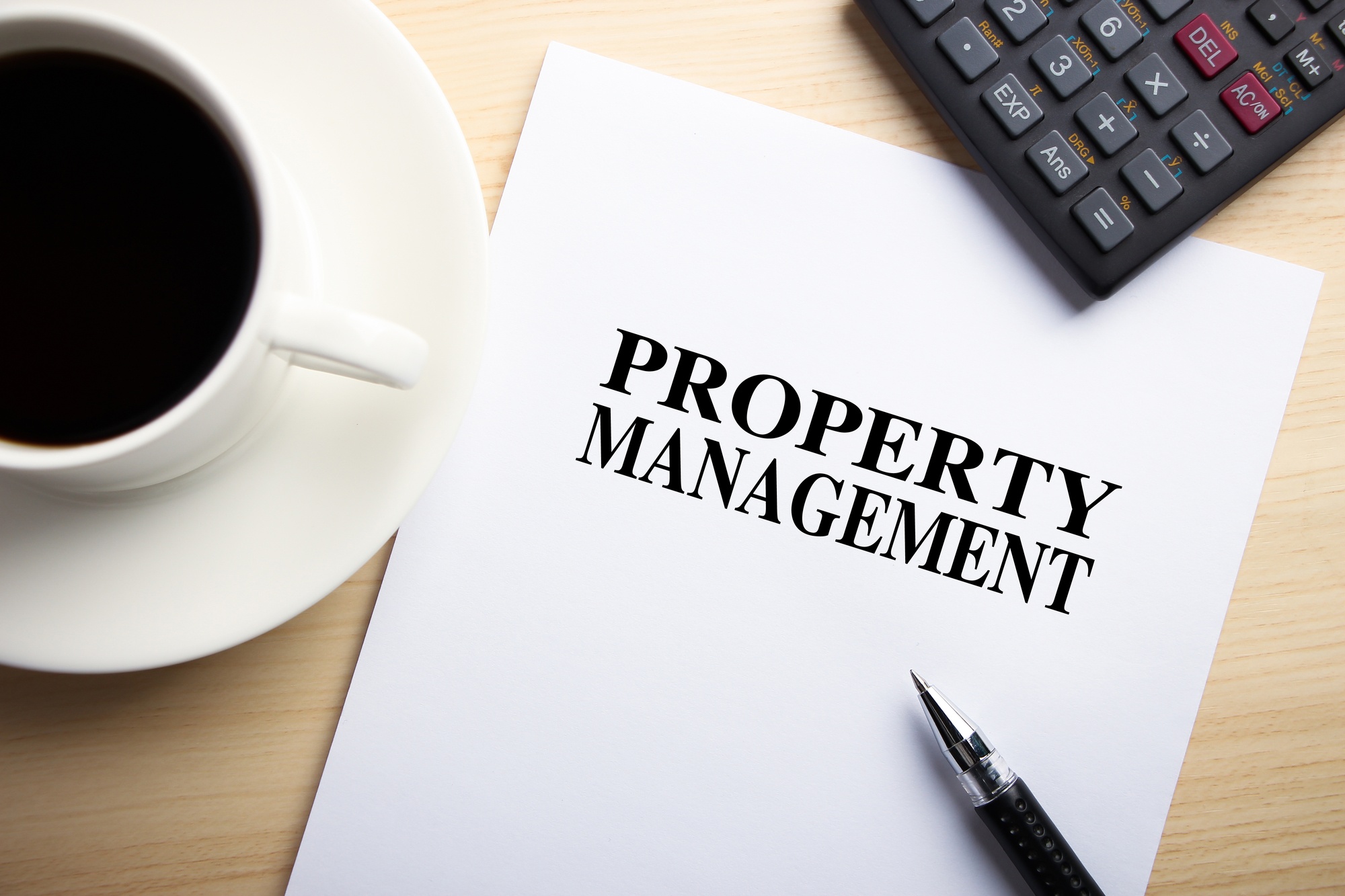
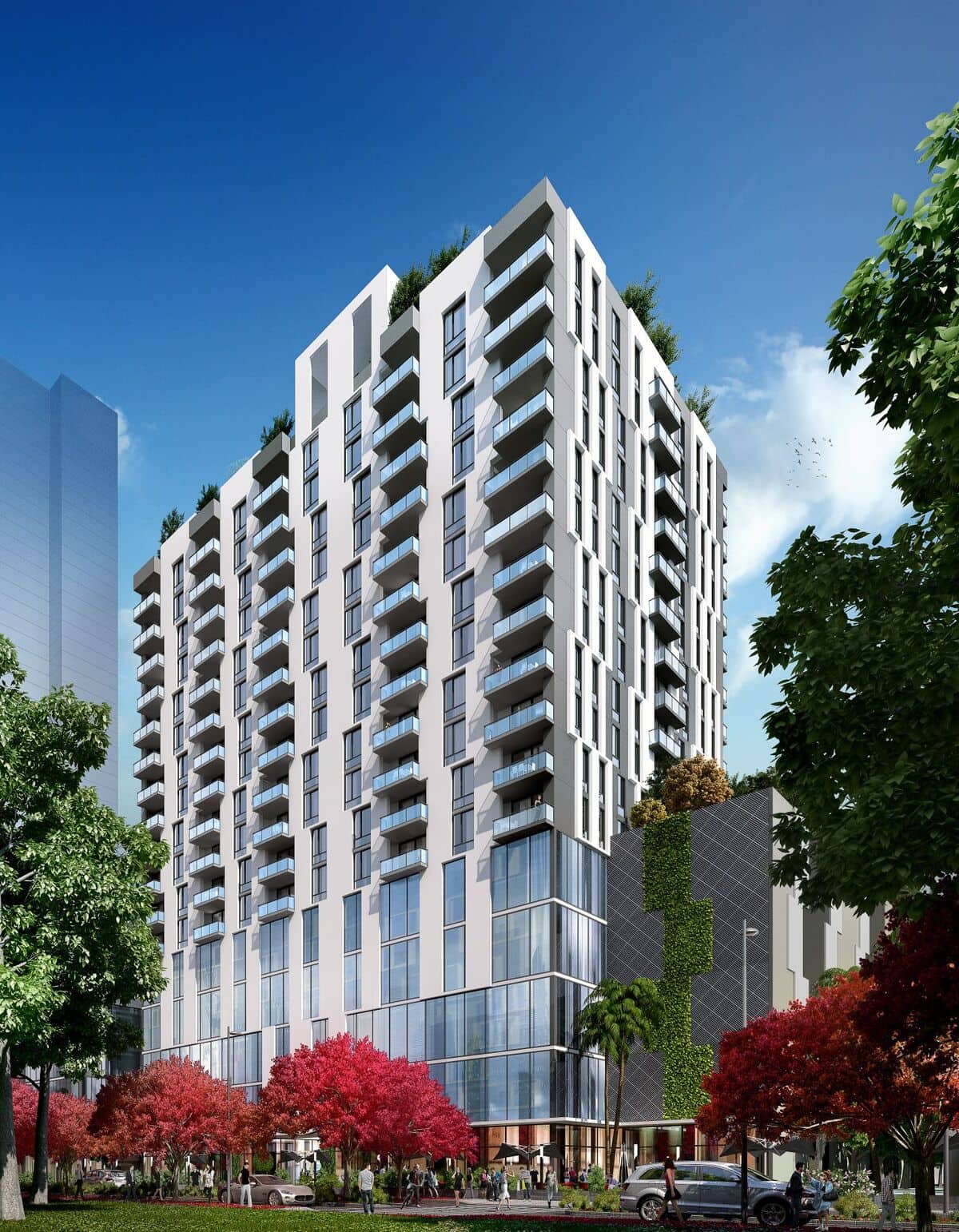
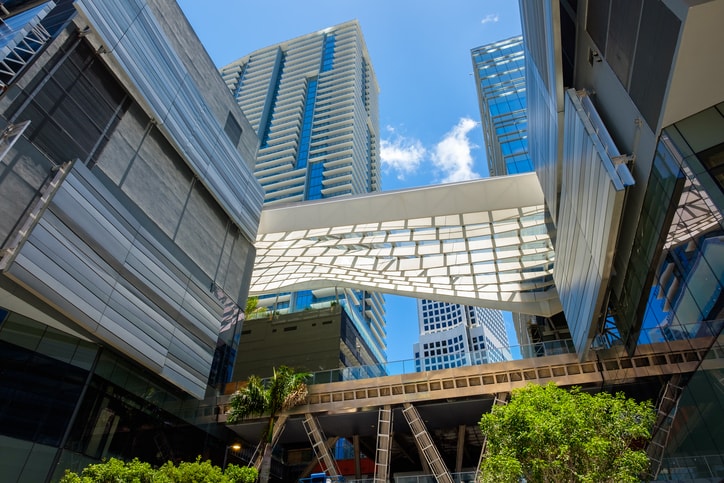
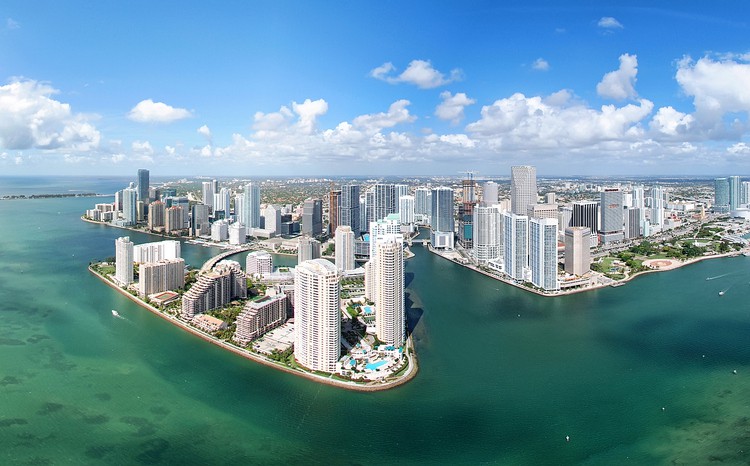
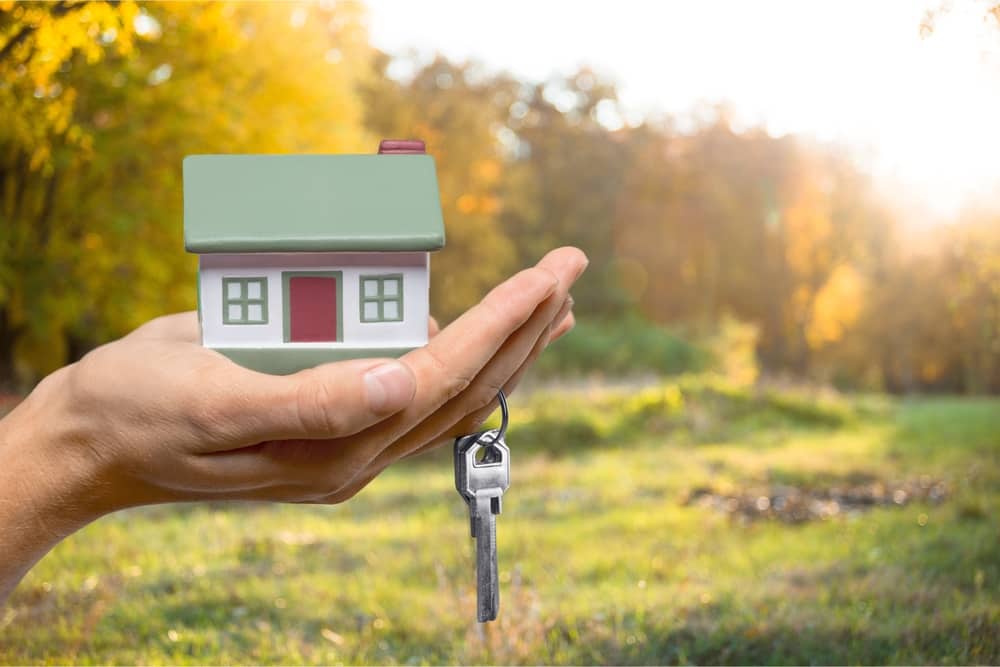
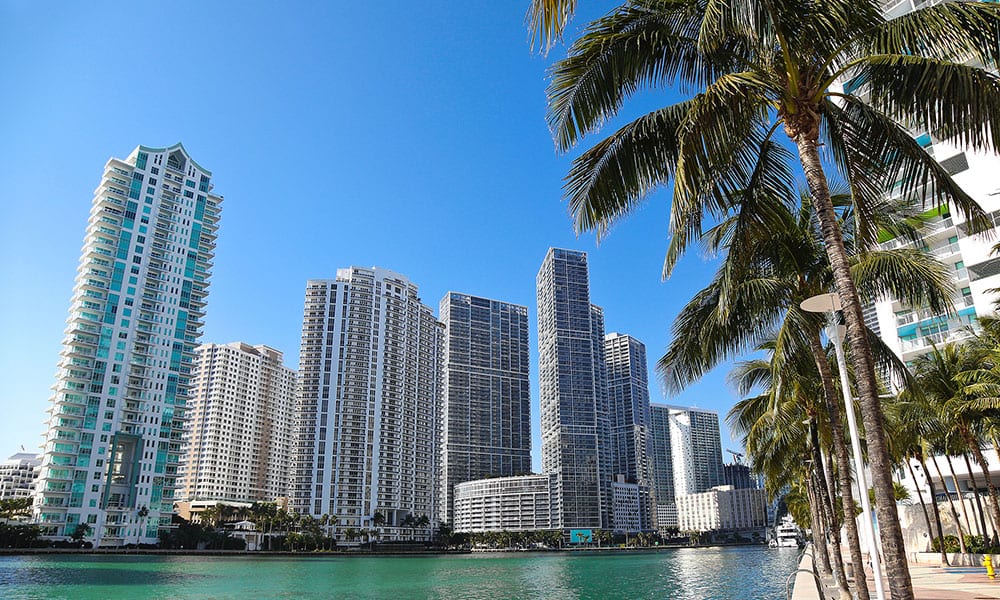

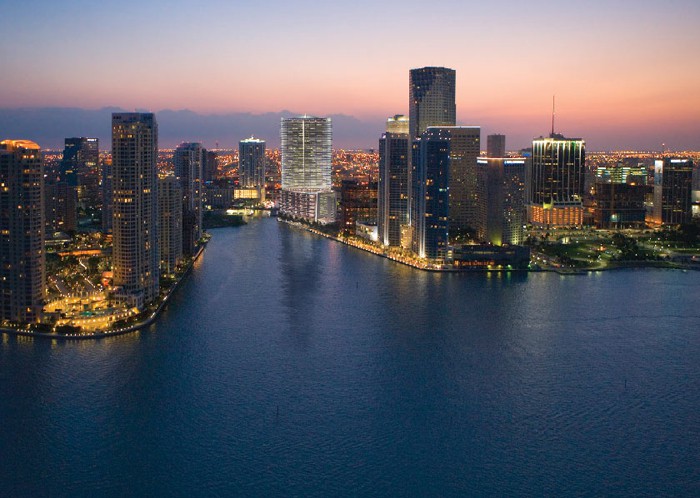

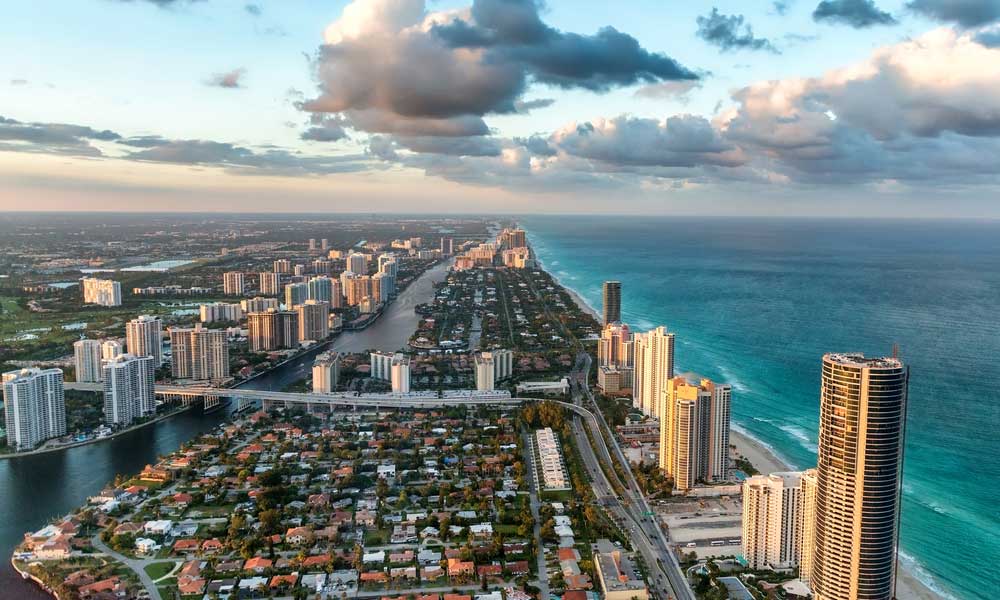
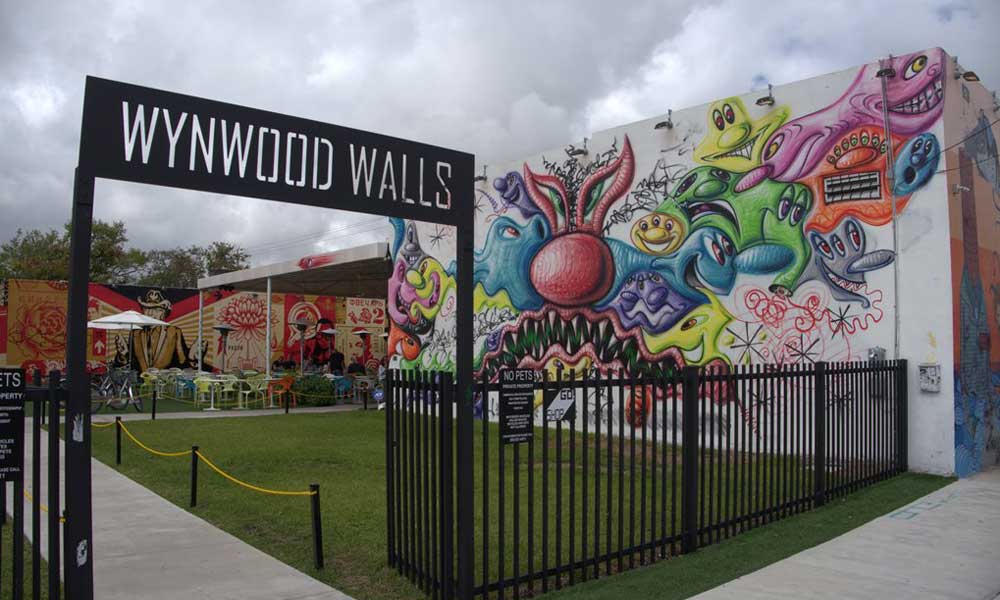
 Josiah Chaille was the son of a William Chaille who opened up a store called The Racket Store on Avenue D (later named Miami Avenue), after relocating from Ocala to Miami. The Chaille family arrived in Miami in 1900, shortly after the incorporation of the city. Josiah would work with his father in the retail business until his father’s retirement in 1912. Josiah would continue to run the business until 1916 at which time he chose to sell the store to the Burdines and go into the burgeoning real estate business.
Josiah Chaille was the son of a William Chaille who opened up a store called The Racket Store on Avenue D (later named Miami Avenue), after relocating from Ocala to Miami. The Chaille family arrived in Miami in 1900, shortly after the incorporation of the city. Josiah would work with his father in the retail business until his father’s retirement in 1912. Josiah would continue to run the business until 1916 at which time he chose to sell the store to the Burdines and go into the burgeoning real estate business. Wynwood became an attraction for commercial residents as well. In 1928, the American Bakeries Company built a plant to make and distribute Merita Bread at NW 32nd Street in Wynwood. Residents would say that you could smell the freshly baked bread for blocks. The plant took up almost a block between the addresses of 561 through 599 on NW 32nd Street.
Wynwood became an attraction for commercial residents as well. In 1928, the American Bakeries Company built a plant to make and distribute Merita Bread at NW 32nd Street in Wynwood. Residents would say that you could smell the freshly baked bread for blocks. The plant took up almost a block between the addresses of 561 through 599 on NW 32nd Street. Robert E Lee Middle School, at NW 32nd Street and NW 5th Avenue, was closed and later was razed to make room for a new middle school that was named Jose De Diego Middle School. The new school opened in August of 1999. Robert E Lee was closed in June of 1989 due to the age and condition of the building. The school was built in 1924.
Robert E Lee Middle School, at NW 32nd Street and NW 5th Avenue, was closed and later was razed to make room for a new middle school that was named Jose De Diego Middle School. The new school opened in August of 1999. Robert E Lee was closed in June of 1989 due to the age and condition of the building. The school was built in 1924. In October of 2009, Tony Goldman dreamed up an open air gallery of murals called Wynwood Walls. The gallery opened a couple months later to coincide with Art Basel. Goldman’s vision was that the entire Wynwood neighborhood would become a canvas for urban street art. It is a neighborhood that provides a monthly art showing called the Wynwood Art Walk, which takes place on the second Saturday of every month.
In October of 2009, Tony Goldman dreamed up an open air gallery of murals called Wynwood Walls. The gallery opened a couple months later to coincide with Art Basel. Goldman’s vision was that the entire Wynwood neighborhood would become a canvas for urban street art. It is a neighborhood that provides a monthly art showing called the Wynwood Art Walk, which takes place on the second Saturday of every month.